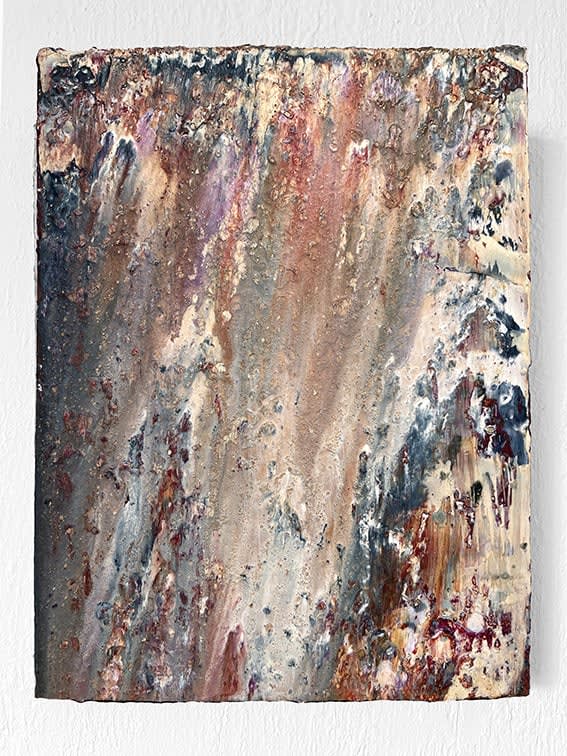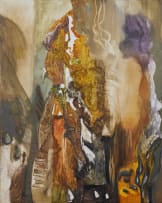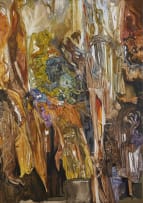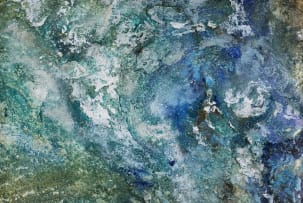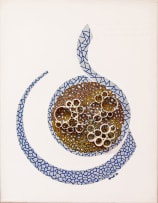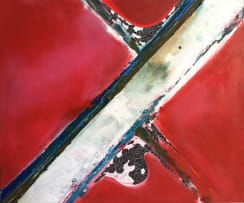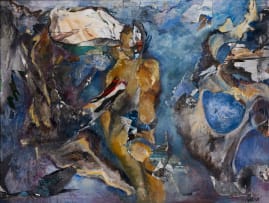Emerge
Givan Lötz
About the SessionIn 2024, the Rupert Museum presented AbstRacT – The Hidden Synchrony, an exhibition inspired by Oscar Forel’s Synchromies series - close-up photographs of tree bark that transformed the familiar into bold abstraction. These works were paired with South African modernist paintings from the museum’s collection, creating surprising visual harmonies and fresh interpretations.
Building on this concept, AbstRacT – Synchrony Revealed is the result of the museum’s third Open Call, which received over 300 submissions. From these, 41 artists were selected to showcase their work in a group exhibition - now part of an exclusive online auction in collaboration with Strauss & Co.
The auction offers collectors a chance to discover new voices engaging with themes of ecology, memory, materiality, and abstraction. Each work reveals a dynamic interplay between natural form and artistic expression - where chance, structure, and symbolism collide.
During the period of the online auction the exhibition is accessible to be viewed at the Jan Rupert Art Centre, 41 Middle street, Graaff-Reinet.
Collection of the artworks will be available once the exhibition closes on 16 November 2025.
Please contact Eliz-Marie Schoonbee to arrange collection/delivery
tel: 021 888 3261
email: eliz-marie@rupertmuseum.org
About this Item
Notes
At first glance, these works reference the colours and textures of Oscar Forel's photographs, but the resonance runs deeper. Using an unconventional approach to encaustic wax, a medium with ancient roots, familiar motifs of nature painting is reinterpreted. Rather than simply replicating a reference, Lötz sublimated the original reference works into new visions through a process-driven method: layered accretion, heating and abrasion.
With knowledge and gesture intertwined, the artist approached this series as a set of experiments. The painting process became more akin to a petri dish, and the outcome was shaped by various environmental factors rather than a calculated picturesque 'window onto a scene'. Surfaces were prepared with pigmented encaustic wax and left to weather under physical conditions until the final image emerged. Instead of merely mimicking nature, these paintings trace the physical processes, forces and elements that shape the natural world.
Through this elaborate process, both macro and micro are fused with passive intention, resulting in an arrested motion that condenses geological processes, hinting at a vastness beyond the boundary of the work.
